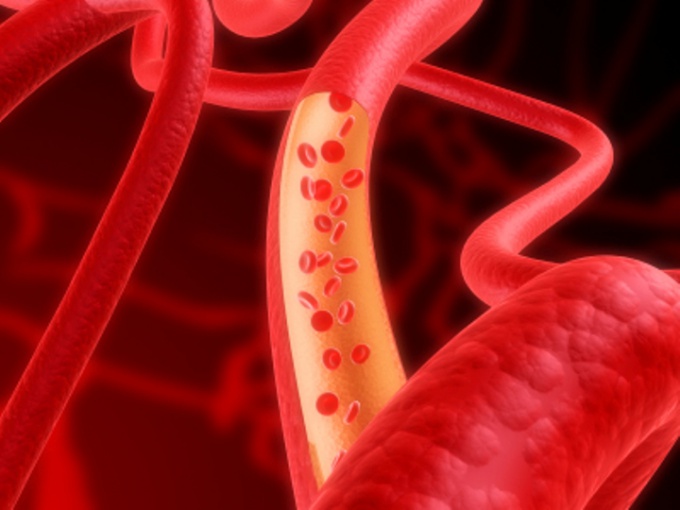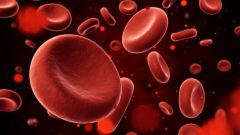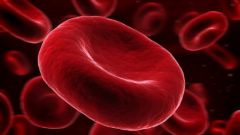Instruction
1
First, we should clarify that the hemoglobin is a protein contained in the cells-erythrocytes. It is one of the most important indicators in the blood. The rate for an adult ranges from 110 to 165 grams per liter of blood. In accordance with these indicators, the doctor can judge the state of human health.
2
We all know that reduced hemoglobin is evidence of a disease, such as anemia. And high indicators as a result of hypoxia, ie lack of oxygen. Usually this disease affects the inhabitants of large cities, alcoholics, smokers. Sometimes people suffer from this disease due to genetic predisposition.
3
Because of hypoxia the body is forced to produce more hemoglobin, so that he was looking for oxygen and then delivering it into cells. Increased hemoglobin makes the blood more viscous, it flows more slowly. As a result, can cause clots, therefore lowering the level of this indicator in the blood as soon as possible.
4
You should start with the diet, discuss it with your doctor. Emphasis should be made on reducing the consumption of animal protein, as part of hemoglobin is synthesized from them. That is from the diet, you should eliminate red meat, kidneys, liver.
5
It is also necessary to reduce the consumption of animal fats, e.g. butter. It is better to eat steamed food, it is a guarantee that the part of the fat left in the water in which they were boiled. Lack of protein in the diet can compensate for the consumption of legumes and meat chicken. Not to mention the benefits of fish and seafood. They contain large amounts of polyunsaturated fatty acids. Account for them the blood will become less viscous.
6
In addition to the diet needs to take medications - antiplatelet agents, which have to prescribe the doctor.
7
During treatment should avoid consumption of vitamins C, B2, B6, folic acid and copper.
8
If you follow all these recommendations, it is possible for a sufficiently short period of time to return the hemoglobin to normal, but next you need to adhere to the advice of professionals to avoid relapse.



